-
The University
- Welcome
- Who we are
- Media & PR
- Studying
-
Research
- Profile
- Infrastructure
- Cooperations
- Services
-
Career
- Med Uni Graz as an Employer
- Educational Opportunities
- Work Environment
- Job openings
-
Diagnostics
- Patients
- Referring physicians
-
Health Topics
- Health Infrastructure
Research units: High-tech methods

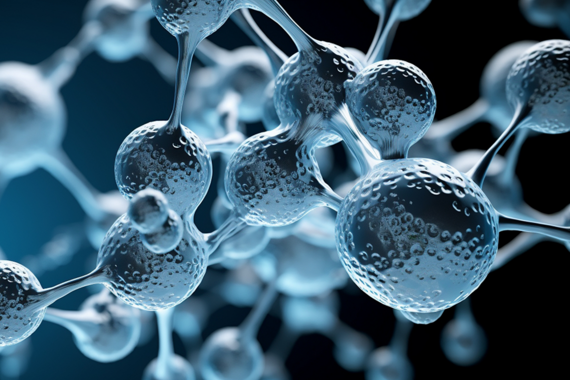
Electron Microscopic Techniques
Electron microscopy allows visualizing finest structures within cells. This forms the basis for understanding how proteins interact to fulfil their functions. Our goal is to establish cutting-edge methods in electron microscopy. The research unit focuses on 3D techniques at several scales: first, stereology allows to obtain three dimensional information from thin sections. Second, 3D – scanning electron microscopy – a newly developed procedure – allows visualizing large tissue volumes in detail. Third, electron tomography allows 3D reconstructiong of the finest subcellular structures.
Head of the research unit: Gerd Leitinger
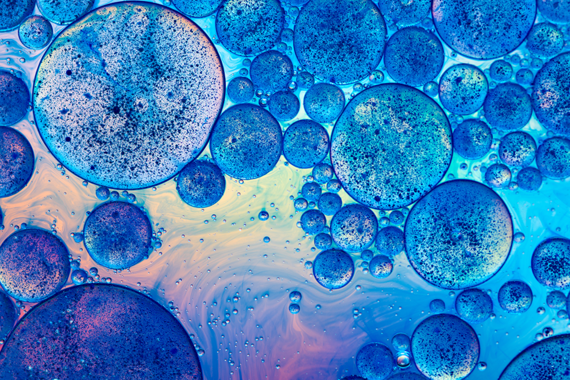
Single Cell Analyses
The analysis of rare cells requires special care because most analysis techniques are not sensitive enough to unambiguously detect rare cells. Rare cells include tumor cells circulating in the blood of cancer patients or microchimeric cells (foreign cells inherited during pregnancy). Their frequency varies between 1:10,000 and 1:1,000,000, which is why the research unit develops and optimizes analysis techniques to identify and verify these cells. Furthermore, spatial analysis is used to link their biology with the surrounding tissue (spatial histology).
Head of the research unit: Thomas Kroneis
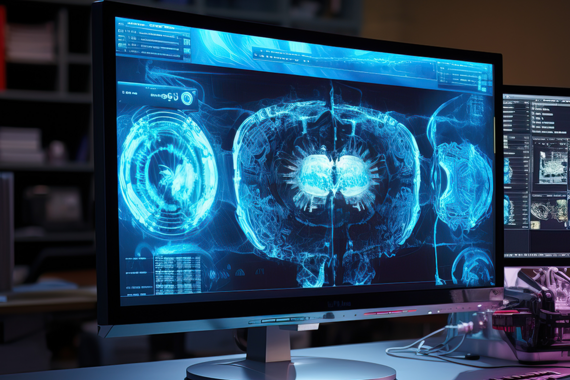
Computed Tomography
CT Perfusion is a non-invasive imaging technique that allows real-time visualization of blood flow in organs and tissues. CT Perfusion plays a scientific role in the diagnosis and treatment planning and assessment of tumors. Texture analysis of CT scans is an approach that analyzes subtle patterns and structures within CT images that are often not visible to the naked eye. This method can provide early indications of the presence and aggressiveness of tumors.
Head of the research unit: Helmut Schöllnast
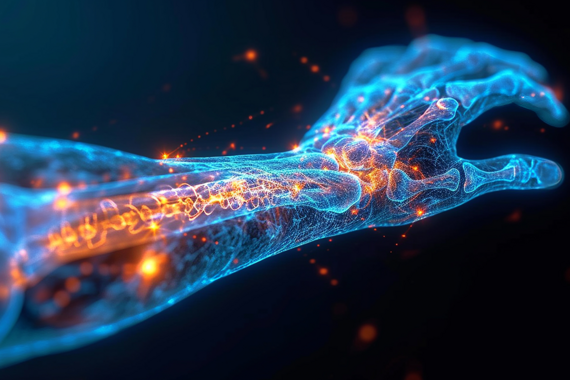
Digital Information and Image Processing
The research unit for "Digital Information and Image Processing" explores methods to process digital radiological images more precisely and in a quantitative manner. Mathematical modeling of the examinations allows us to minimize the radiation exposure of certain examinations far below the international average. Research in the field of artificial intelligence aims to digitally support the diagnosis of childhood bone conditions.
Head of the research unit: Sebastian Tschauner
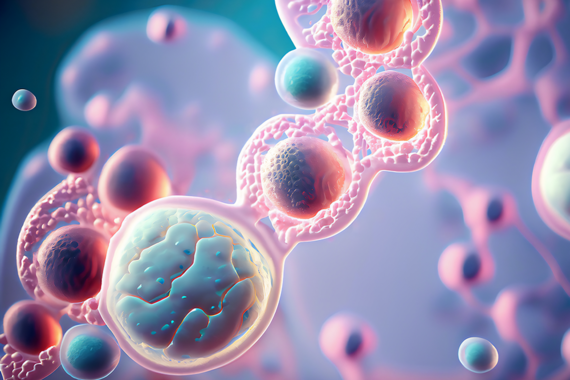
CAM Labor
Animal models are necessary for understanding the mechanisms of diseases and the development of drugs and new materials in medicine. The chicken egg chorioallantoic membrane (CAM) assay is considered a replacement for conventional animal models as it can provide valuable insights into biological processes without the use of large numbers of mammals. It fulfils the criteria of the 3R principle (Replacement, Reduction and Refinement) as a fundamental concept for the ethical and humane use of animals in scientific experiments. Our motto: The egg before the mouse.
Head of the research unit: Nassim Ghaffari Tabrizi-Wizsy
Further information

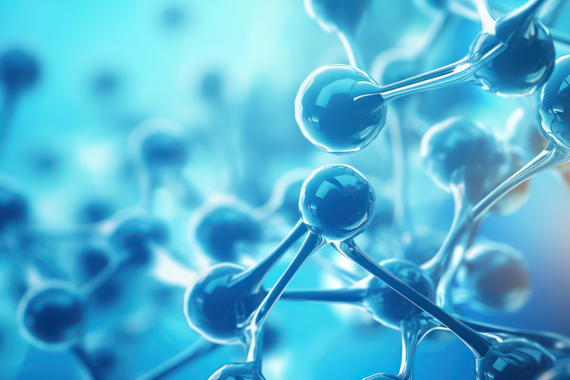
NanoLab
The NanoLab combines nanotechnology with biotechnology to develop innovative solutions for medicine and biotechnology. The focus is on creating nanoparticles for precise drug delivery in diseases such as cancer, enhancing therapeutic efficiency and minimizing side effects. Additionally, NanoLab is working on nanomaterials that enable earlier and more accurate diagnoses, while prioritizing sustainable, biodegradable materials. These approaches aim to advance personalized medicine and provide more environmentally friendly options.
Head of the research unit: Sebastian Schwaminger


